New York Fashion Week, a biannual event, occurred during the second week of September. The week is notoriously filled with the newest fashion couture and, in the organizer’s words, “Destination at the forefront of shaping culture, trends, and the evolution of American fashion.” While international designers travel to New York to present their works of art, spectators flock to sit and watch models walk down the runway, representing evolution and invention in the fashion world. As news coverage flooded in from the shows, I wondered whether the validity that New York Fashion Week once held even amounted to anything anymore.
In 1943, Publicist Eleanor Lambert created “Press Week,” New York Fashion Week’s predecessor, to publicize American fashion in World War II, when French clothing was inaccessible. The “Battle of Versailles,” a themed runway show, highlighted the juxtaposition between American and French fashion while pummeling America into the fashion world. In the early 90s, A more organized event called “7th on 6th” was born in the ashes of Press Week. It became world-renowned as one of the big four events in addition to Milan, Paris, and London. Designers like Thom Browne challenged conventional masculinity with androgynous clothing. Black models were spotlighted like never before in the United States. Even then, fashion told the world much more than what trends were popular. It set the stage by challenging standards and publicizing progression through representation.
One could argue that this year’s New York Fashion Week did challenge the norm, but it reflected much more a shift in fashion towards a consumer-centered investment rather than an art form. The week was packed with protesters with signs that advocated for animal and environmental rights who snuck onto the runway and were promptly escorted off by security. In addition, content creators looking for views, like prank channel Fred Beyer, snuck onto the runway in trash bag clothing. One of the most famous clips from the shows going viral on TikTok was Ariana Grande’s look alike, Paige Neimann, walking the runway hurriedly for the Creators Inc. x Bossi show. Comments under videos were swamped with questions, “What is she doing here?” The most reported and viewed headlines were these comedic stories rather than showcasing intricate designs from the new-age fashion industry.
The Victoria’s Secret company also had a long-awaited remodel of the original lingerie brand that many felt was outdated with shifting times. A few years prior, scandals emerged from the company’s insensitive comments towards transgender and plus-sized models that drove consumers far away from the brand. The former CEO Lex Wexner also had business ties with convicted sex trafficker, Jeffrey Epstein, until 2007. The rebrand consisted of a group of new women known as “VS20,” who are creatives from around the world, not just models in the aesthetic sense. Each ambassador’s story was highlighted to show their individuality and creativity. While this isn’t inherently bad, it is clear that the brand is desperate to show that they are inclusive and cares about the lives of women. I respect companies making genuine shifts to be more inclusive, as we are seeing the rise of more plus-sized, queer, and POC ambassadors in fashion. The industry should be more accessible to people not born into the fashion world or scouted from a young age. Yet, a couple of years before, the former CMO Ed Razek declared that plus-sized and trans models were not a priority on their runway. When individuals complained about the brand in the past, we only vouched for models that looked like us and a brand that held inclusive sizing for consumers.
Many of the ambassadors from the campaign and on the runway were also prominent content creators. Media influencers have really changed how we view fame, and for better or for worse, it’s very interesting to witness this transformation. Consequently, businesses have also noticed this shift and have begun to profit off young women, knowing that influencers really are going to bring in viewership. More importantly, spectators will align the moral views of the individual with those of the business, seemingly the prime aim of the Victoria’s Secret rebrand.
The devolution of high-fashion shows from art to inaccessibility, paired with the profound issues within the industry of body image, representation, and resource sourcing, has become apparent now more than ever. NYFW has risen to the forefront of media to reveal how individuals and brands will respond to this changing moral scene, whether it be through protests, inclusivity campaigns, or nuanced media coverage.


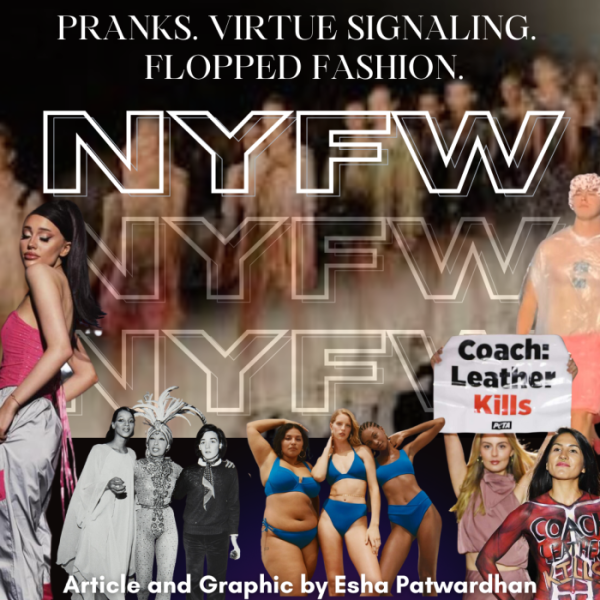

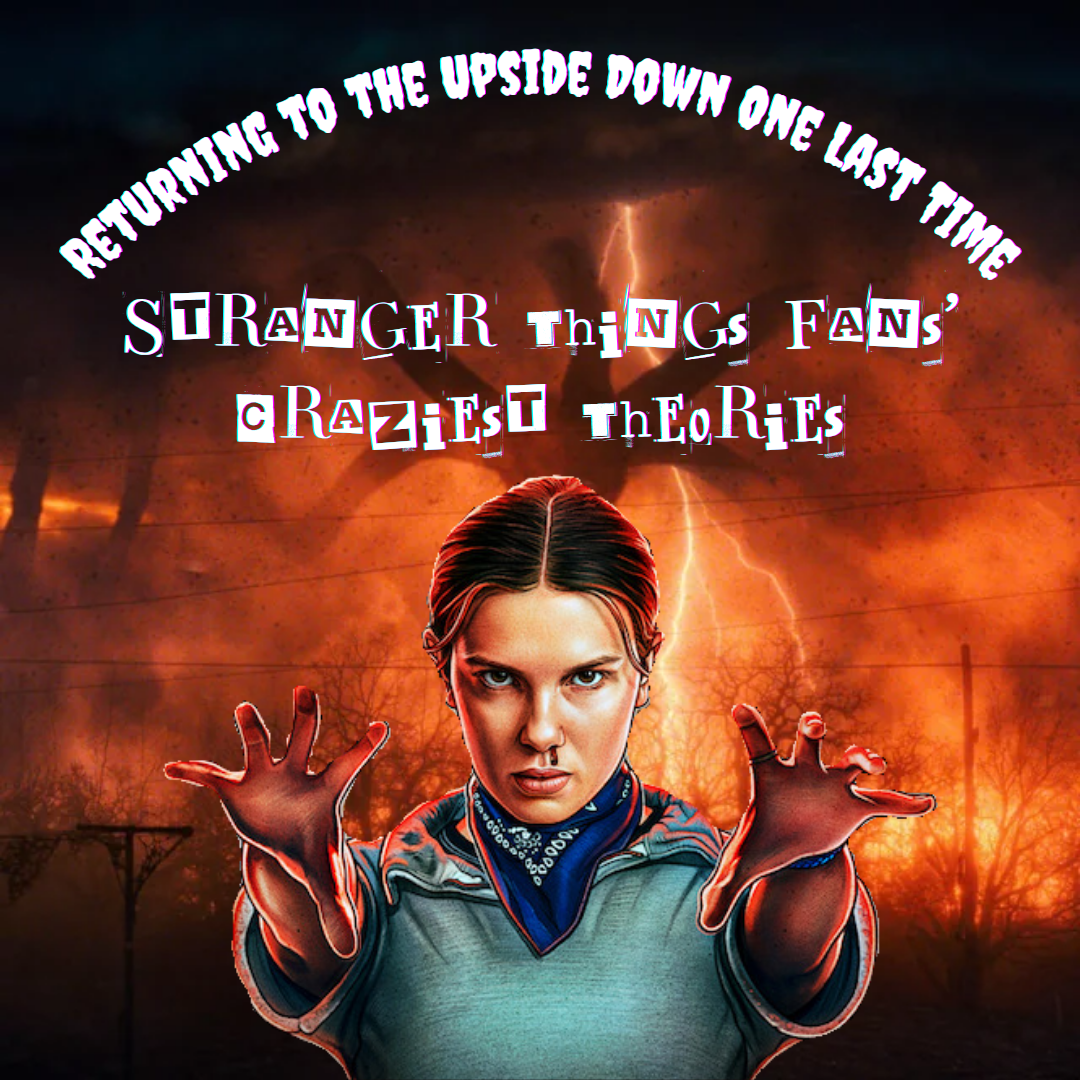


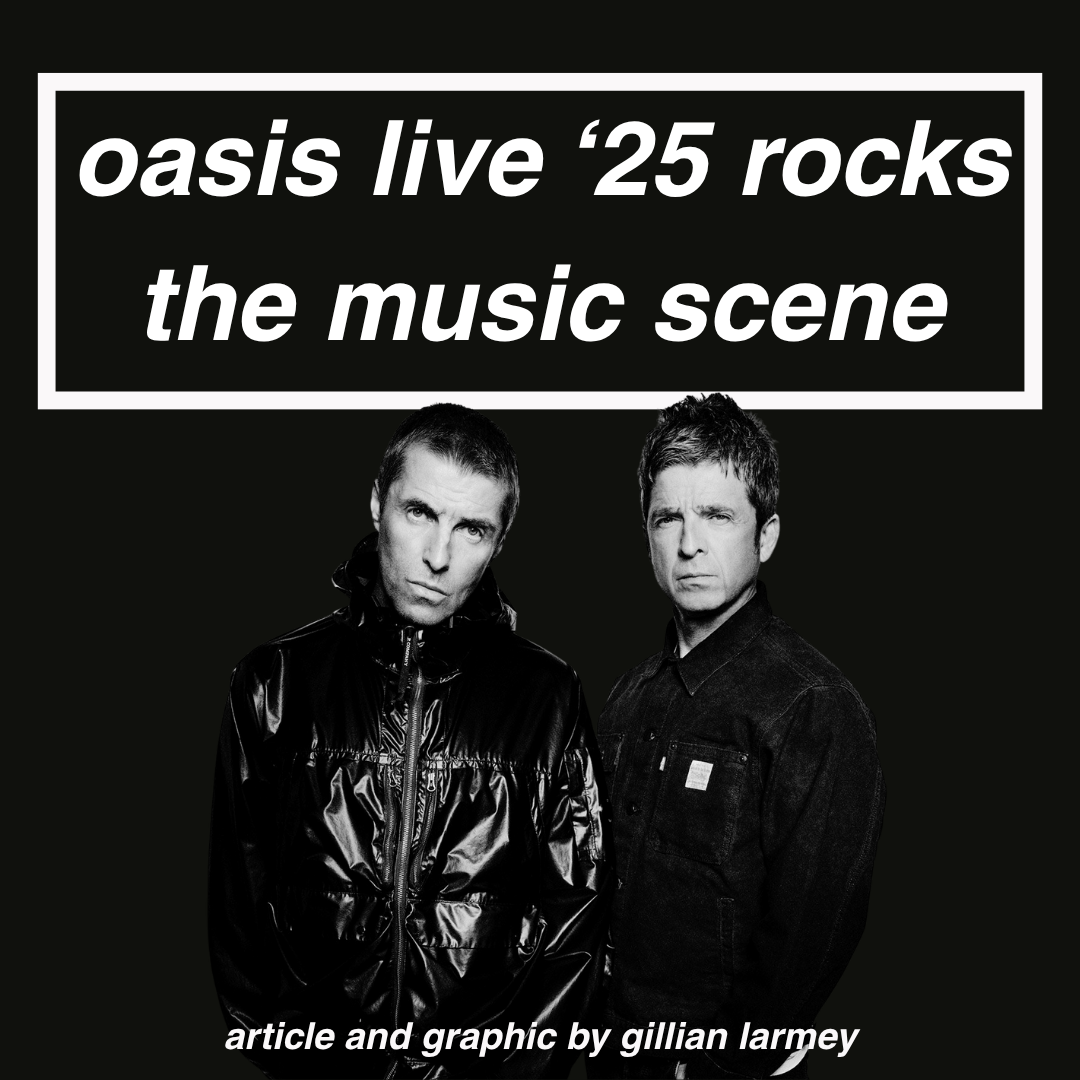
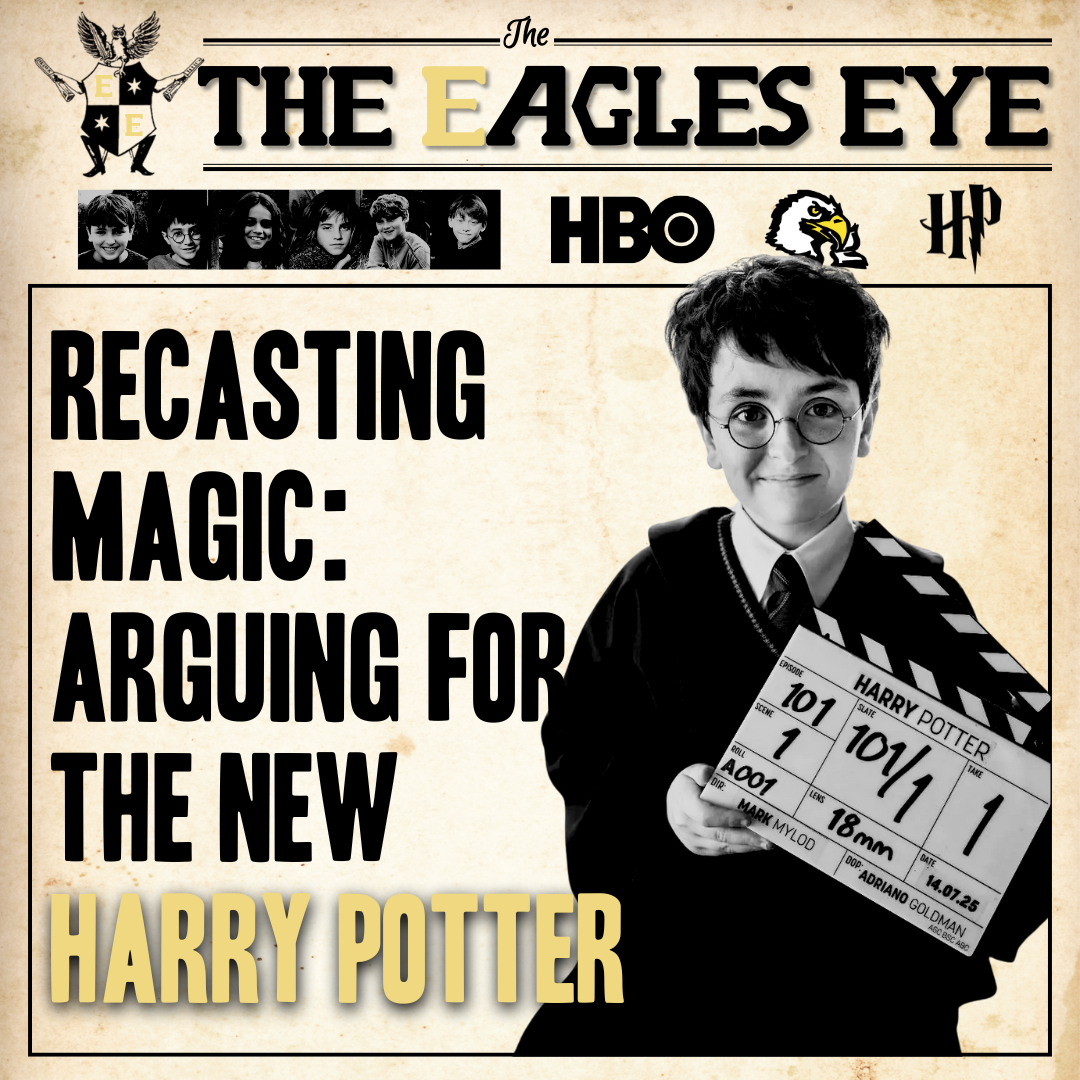


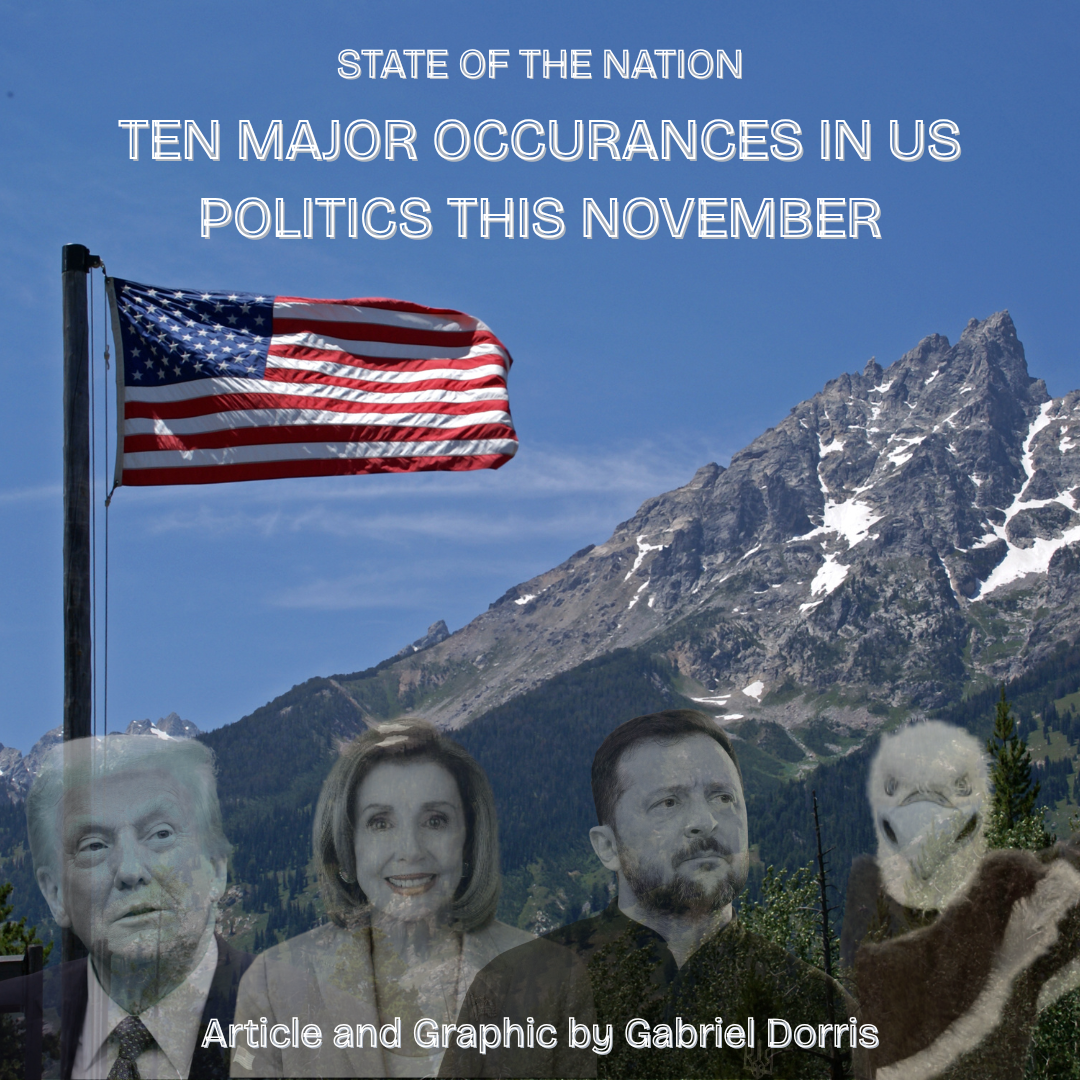


Emily E • Nov 1, 2023 at 10:40 PM
so many good points about NYFW
Jane Doe • Oct 29, 2023 at 9:35 PM
love this !!!